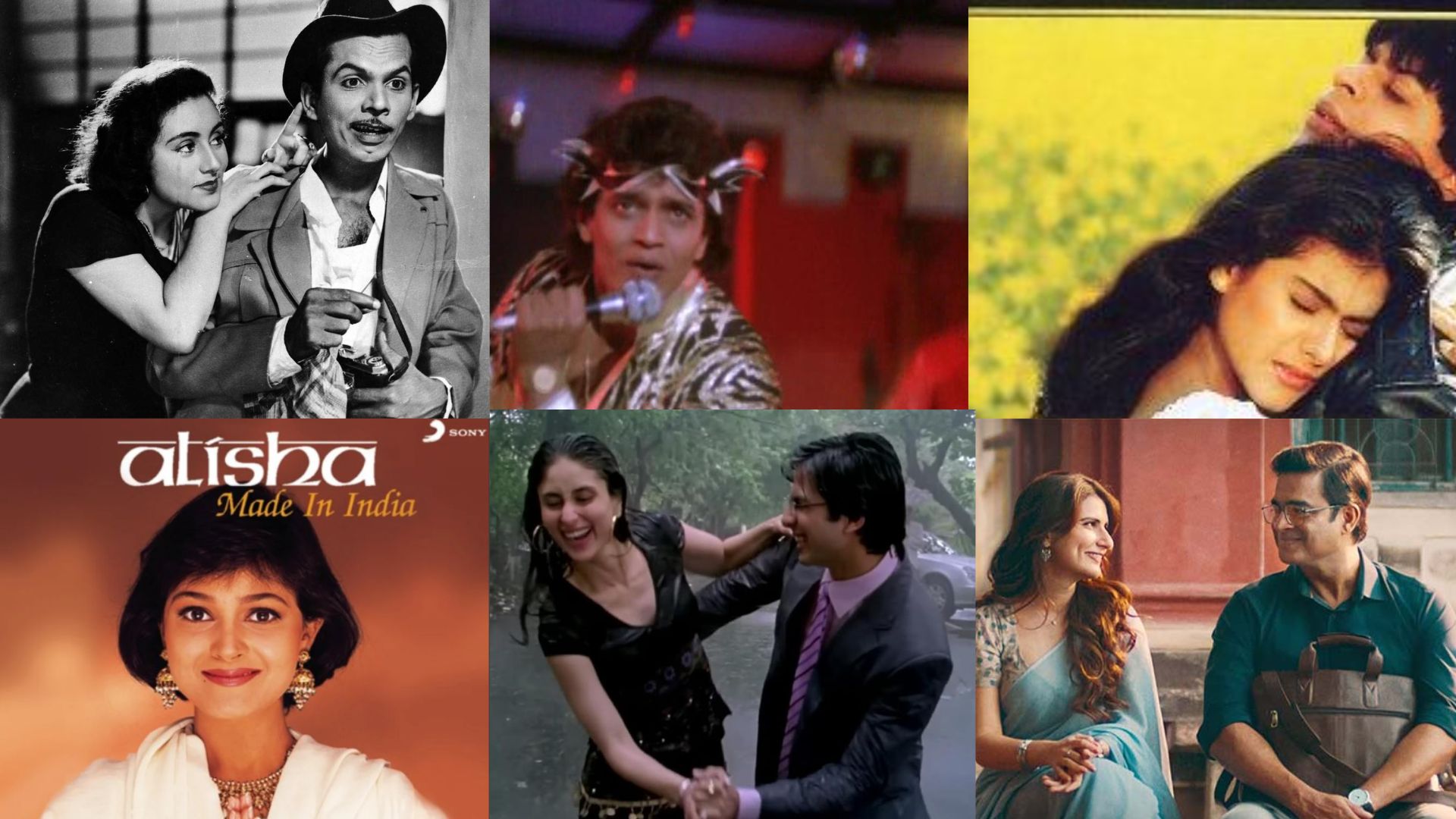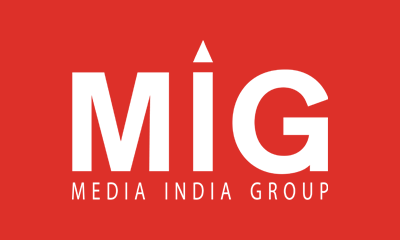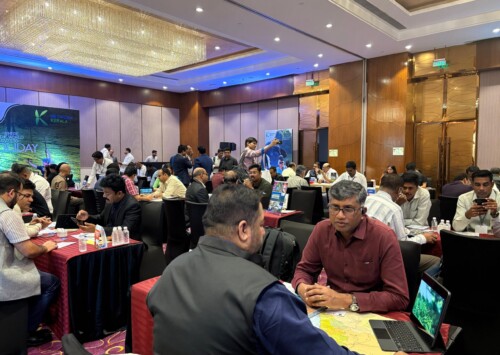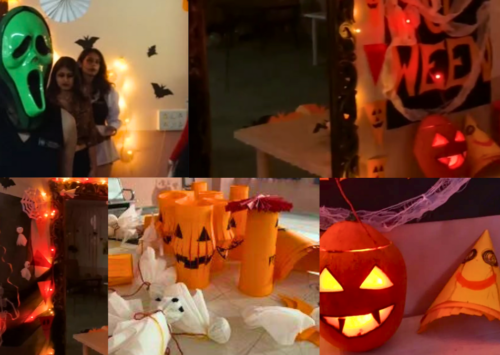From soulful serenades to streaming sensations: Tracing Hindi cinema’s soundscape
Charting nine decades of Hindi film music

More than just melodies, each era’s music has mirrored the spirit of its time, echoing hopes, heartbreaks, revolutions and cultural shifts.
Inseparable from the silver screen, Hindi film music has long been more than just background score, it has been a soundtrack to India’s cultural heartbeat. From the soul-stirring melodies of the 1950s to today’s algorithm-driven hits, Bollywood music has reflected, resisted, and redefined India’s shifting socio-political identity. This journey is not just about tunes and tempos, but about how sound has evolved with society.

More than just melodies, each era’s music has mirrored the spirit of its time, echoing hopes, heartbreaks, revolutions and cultural shifts.
From the soulful charm of Jaane Kahan Mera Jigar Gaya Ji in the 1950s to the glittering disco beats of Bappi Lahiri’s Yaad Aa Raha Hai in the 1980s and the return of soft melody of Mohit’s Chauhan’s Jab Tu Sajan in 2025, Hindi music has continuously reinvented itself across the decades. More than just melodies, each era’s music has mirrored the spirit of its time, echoing hopes, heartbreaks, revolutions and cultural shifts.
In the 1950s, songs carried the weight and wonder of a newly independent nation, filled with both idealism and sorrow. By the 2000s, lyrics and rhythms had evolved to challenge long-held norms, questioning gender roles and embracing a rapidly modernising society. In 2025, music continues to blend traditional Indian sounds with contemporary Western genres like hip-hop, EDM, and pop, while also seeing a wave of remakes and the return of soft melodies like Jab Tu Sajan.
Through it all, Hindi film music has not just accompanied cinema, it has been a parallel story of India’s transformation.
1930s–1950s: Melody and meaning in a new nation
Hindi film music began with Alam Ara (1931), India’s first talkie, where songs were performed live on set. By the 1940s, music had become integral to storytelling, with some films featuring over 40 songs, echoing theatrical roots of the Indian cinema.
As India moved toward independence and later grappled with the trauma of Partition, music took on a deeper purpose, it was not just entertainment, but a form of emotional, cultural and national expression. Lyrics often reflected the anxieties and aspirations of a nation in flux: hope, sorrow, longing, and the desire for unity.
Poets like Sahir Ludhianvi and Shailendra infused songs with idealism and social commentary. Awaaz De Kahan Hai from Anmol Ghadi evoked yearning, while Jab Dil Hi Toot Gaya 1946’s Shahjehan, resonated with a population grieving more than personal loss. Themes of patriotism, displacement, gender roles and class struggle emerged, often rooted in the Progressive Writers’ Movement.
Playback singing, introduced in this era, elevated voices like Lata Mangeshkar and Mohammed Rafi to national icons. Their songs became the emotional soundtrack to India’s early years of freedom, bridging divides, comforting wounds and setting the tone for a new, modern identity.
1960s–70s: Romance, rebellion and the rise of the composer
As India’s political and social climate shifted post-independence, so did its music. The studio monopoly faded and independent producers and directors began forging their own creative teams, ushering in the age of the music director as auteur. This was the era when S D Burman, Shankar-Jaikishan, Madan Mohan and later R D Burman became just as famous as the actors they scored for.
This was also a time of dualities. Romantic melodies like Chaudhvin Ka Chand Ho and Abhi Na Jao Chhod Kar coexisted with experimental tunes like Piya Tu Ab To Aaja, capturing the tension between tradition and modernity.
At this time, R D Burman’s genius stood out, merging jazz, Latin percussion, rock and psychedelia with Indian classical structures. He was not just composing songs, he was creating soundscapes that reflected India’s growing urban complexity.
1980s: Disco beats and economic realities
The 1980s marked a sonic and visual shift. As synthesisers and drum machines entered the scene, composers like Bappi Lahiri brought disco to Bollywood with unapologetic flair. Hits like I Am a Disco Dancer and Jimmy Jimmy reflected a growing appetite for spectacle and escapism, cinema as a glittering distraction in a politically and economically turbulent decade.
Beneath the flash, however, the industry was tightening its belt. Inflation, declining film revenues, and over-dependence on stars affected music budgets and creative risks. Big studios began collapsing under financial pressure, and independent producers struggled to fund elaborate scores. Still, emotionally rich tracks like Tujhse Naraz Nahin Zindagi and Aye Zindagi Gale Laga Le proved that introspection had not vanished, only become less marketable.
1990s: Liberalisation and the pop parallel
The economic liberalisation of 1991 opened India to the world and the world’s music to India. While Bollywood churned out memorable soundtracks for hit films like Dilwale Dulhania Le Jayenge and Hum Aapke Hain Koun, it was also the decade that saw the meteoric rise and eventual decline of Indi-pop.
For a while, the biggest hits were not from films at all. Alisha Chinai’s Made in India, Daler Mehndi’s Bolo Ta Ra Ra, and Lucky Ali’s O Sanam became household anthems, amplified by the rise of television music channels, MTV and Channel V. This was a brief moment where non-film music took centre stage and Bollywood noticed.
While with Roja, A.R Rahman introduced ambient layering, fusion instrumentation, and a studio production style that was light years ahead. Songs like Chaiyya Chaiyya were not just hits, they were genre-defying cultural moments.
2000s: Remix culture and the mass masala formula
With the advent of the CD and the decline of cassettes, Bollywood entered its remix era. Older classics were reimagined with techno beats, flashy videos and pulsating dance moves. Albums like DJ Aqeel’s Shake It Daddy and Bally Sagoo’s remixes of Kishore Kumar hits dominated dance floors and weddings alike.
At the same time, Bollywood leaned into the ‘item number’ formula, high-energy dance tracks designed to be mass entertainers. Songs like Munni Badnam Hui and Sheila Ki Jawani became cinematic staples, often overshadowing the films themselves.
Yet, not all was lost to commercial trends. Composers like Shankar-Ehsaan-Loy, Vishal-Shekhar, and Salim-Sulaiman pushed boundaries, delivering lyrical gems like Tum Se Hi and Tere Ore, ensuring emotional storytelling still had a place in a beat-heavy era.
2010s–2020s: Identity, intimacy, and independent voices
In the age of streaming, Hindi film music no longer held a monopoly on listeners’ ears. Platforms like Spotify and YouTube reshaped access and discovery, placing indie musicians on the same shelf as Bollywood superstars. This digital levelling allowed independent voices like Prateek Kuhad, Divine and Ritviz, to speak to niche audiences with intimacy and authenticity.
Meanwhile, the film industry adapted to a more globalised, introspective India. Soundtracks began reflecting more personal and layered themes, urban isolation, mental health, migration, and identity. Songs like Apna Time Aayega from Gully Boy marked a cultural moment, channelling anger, ambition, and class consciousness through rap.
Music today is more decentralised than ever, often mood-driven, algorithmic and cross-cultural, but its power to reflect who we are, and where we are going, remains as potent as ever.
Over nine decades, Hindi film music has played the dual role of echo and oracle. It has mirrored the mood of a nation, whether through patriotic anthems, love ballads or dance floor bangers, while also shaping tastes, trends and identities.
As listeners scroll through playlists and press ‘skip’, it is worth remembering how far the music world has come, from gramophones and radio nights to curated algorithms and AI-generated beats. But despite the change in tune, the emotion remains timeless.









